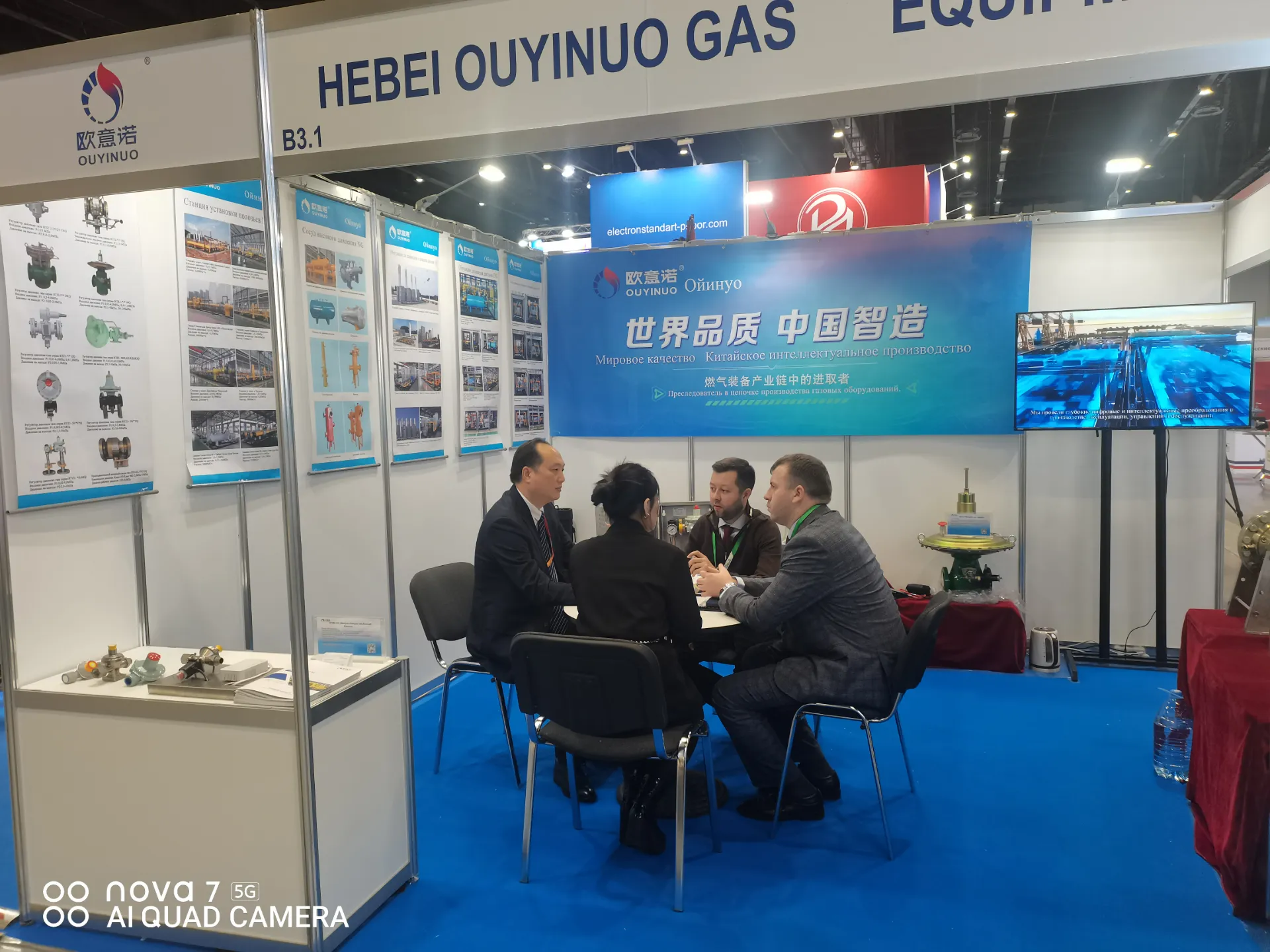
Dec . 04, 2024 09:56
Back to list
electric regulating valve
Understanding Electric Regulating Valves A Comprehensive Overview
Electric regulating valves play a crucial role in industrial processes, offering precise control over fluid flow and pressure. By integrating electrical mechanisms with valve operations, these devices enable automated control systems to manage complex fluid dynamics in various applications, from water treatment plants to chemical processing facilities.
What Are Electric Regulating Valves?
Electric regulating valves are actuated valves designed to modulate the flow of liquids and gases in a system. Unlike traditional valves that rely on manual adjustments, these valves utilize an electric actuator to automate the opening and closing process. This electric actuator can be integrated with control systems, allowing for real-time monitoring and adjustments based on operational demands.
Components of Electric Regulating Valves
1. Valve Body The main structure containing the valve seat and the flow path. It is typically made of durable materials such as stainless steel, brass, or plastic, selected based on the medium being controlled.
2. Actuator The heart of the electric regulating valve, the actuator converts electrical energy into mechanical motion. It enables the valve to open, close, or adjust to a specific position in response to signals from a control system.
3. Positioner This component ensures that the valve reaches and maintains the desired position with high accuracy. It interprets input signals from the control system and adjusts the actuator accordingly.
4. Feedback Sensor Often integrated with the positioner, feedback sensors provide real-time data about the valve’s position, allowing for continuous adjustments and enhancing overall control precision.
Advantages of Electric Regulating Valves
electric regulating valve

1. Precision Control Electric regulating valves offer high levels of accuracy, making them ideal for applications requiring fine adjustments to flow rates or pressure levels. This precision is vital in industries like pharmaceuticals and food processing, where exact measurements are crucial.
2. Automation and Integration These valves can be easily integrated into automated control systems, allowing for remote operation and monitoring. This feature reduces the need for manual intervention, minimizing labor costs and human error.
3. Reduced Energy Consumption Compared to pneumatic or hydraulic actuators, electric actuators often consume less energy. They can significantly lower operational costs in systems where energy efficiency is a priority.
4. Versatility Electric regulating valves can be used in a wide range of applications and are adaptable to various media, including corrosive substances and high-viscosity fluids. This versatility makes them suitable for diverse industrial sectors.
Challenges and Considerations
While electric regulating valves offer many benefits, they are not without challenges. One primary concern is their reliance on electrical power; in the event of a power failure, the functionality of these valves may be compromised. Additionally, selecting the right actuator is critical to ensure compatibility with the specific application, as various factors—such as torque requirements and response time—can significantly influence performance.
Regular maintenance is also essential to ensure longevity and optimal performance. Periodic checks on the actuator, positioner, and feedback sensors can help identify potential issues before they become significant problems.
Conclusion
Electric regulating valves are indispensable components in modern industrial automation, offering enhanced precision, energy efficiency, and integration capabilities. Their ability to adapt to various applications makes them a popular choice across several sectors. However, understanding their components, advantages, and potential challenges is essential for successful implementation and operation. As industries continue to evolve, the demand for effective fluid control solutions will likely soar, solidifying the role of electric regulating valves in the future of industrial processes.
Latest news
-
Safety Valve Spring-Loaded Design Overpressure ProtectionNewsJul.25,2025
-
Precision Voltage Regulator AC5 Accuracy Grade PerformanceNewsJul.25,2025
-
Natural Gas Pressure Regulating Skid Industrial Pipeline ApplicationsNewsJul.25,2025
-
Natural Gas Filter Stainless Steel Mesh Element DesignNewsJul.25,2025
-
Gas Pressure Regulator Valve Direct-Acting Spring-Loaded DesignNewsJul.25,2025
-
Decompression Equipment Multi-Stage Heat Exchange System DesignNewsJul.25,2025

